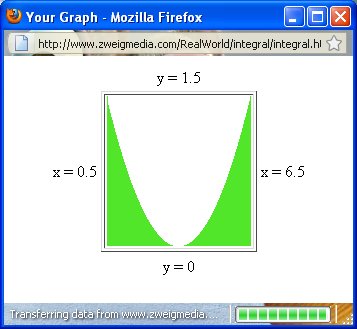Here's more stuff on the 600 uniformly distributed numbers exercise. For the "discrete" case (i.e. whole numbers / integers), you use 0.5 to 6.5 and the round function.
Variable N N* Mean SE Mean StDev Minimum Q1 Median Q3 Maximum C2 600 0 3.5033 0.0699 1.7112 1.0000 2.0000 3.0000 5.0000 6.0000
For the "continuous" case, you use 0.5 to 6.5 and use the column of numbers directly (don't round).
Variable N N* Mean SE Mean StDev Minimum Q1 Median Q3 Maximum C1 600 0 3.4974 0.0707 1.7325 0.5073 2.0086 3.4566 4.9780 6.4891The theoretical mean in both cases is 3.5.
The theoretical standard deviation for a *discrete* uniform distribution is sqrt(((6-1+1)*(6-1+1)-1)/12)=sqrt((6*6-1)/12)=sqrt(35/12)=1.70782512766. It can be seen that the standard deviation from Minitab (1.7112) and the theoretical standard deviation (1.70782512766) are very close.
The theoretical standard deviation for a *continuous* uniform distribution is (6.5-0.5)/sqrt(12)=1.73205080757. It can be seen that the standard deviation from Minitab (1.7325) and the theoretical standard deviation (1.73205080757) are very close.
Note! The formulas are slightly different for the *discrete* and *continuous* cases.
If you want to learn how the above standard deviation formulas are derived go to http://primepuzzle.com/tunxis/statistics/discrete-uniform-distribution.html. Note: the proof for the *continuous* case requires a knowledge of calculus. If you don't know calculus, don't worry about it. Calculus involves computing the area under a curve y=f(x) between two values of x. This is called "integration." (It also involves something called "differentiation" but we won't get into that here.) In our case, the "standard deviation function" is y=f(x)=1/(6.5-0.5)*(x-(0.5+6.5)/2)^2 where ^ means "raise to the power of." This can be seen to = 1/6*(x-3.5)^2. There is an online integration program at http://www.zweigmedia.com/RealWorld/integral/integral.html. I used it for this particular problem and captured both the graph of this function and the screen that shows the area under the curve. This area came out to be *very* close to 3. We need to take the square root of this to get the standard deviation (since 3 is the variance). The square root of 3 is about 1.73205.
- Lee

